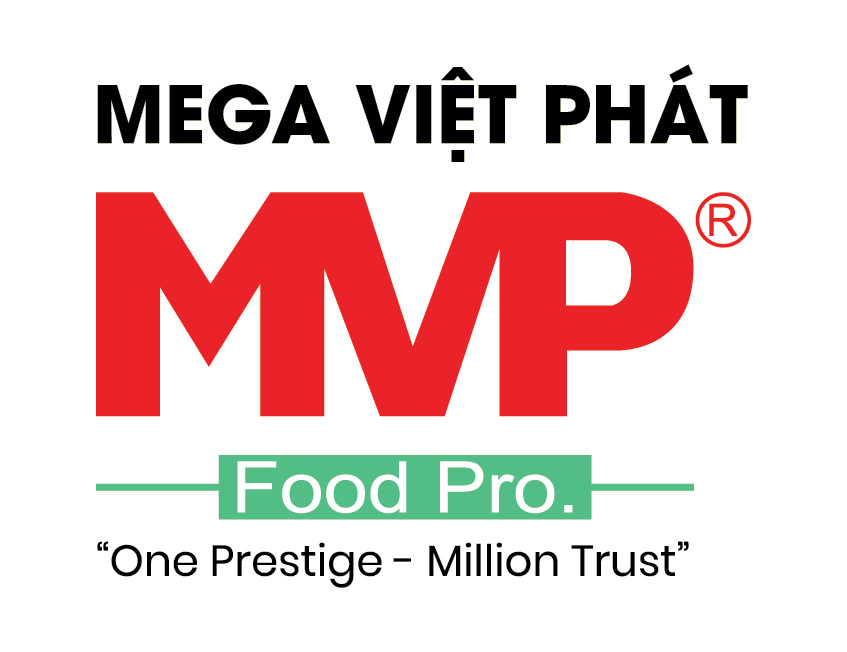In recent years, Vietnam’s food processing industry has achieved significant milestones, making substantial contributions to both industrial growth and the country’s overall economic development. From 2016 to 2020, the sector recorded an average annual industrial production index (IIP) growth rate of 7%.
The value of food processing production accounts for 19.1% of Vietnam’s total manufacturing and processing industries — the highest among all sub-sectors. This underscores its critical role in ensuring food security for the population and meeting export demands.
Moreover, this high proportion demonstrates the sector’s numerous strengths, with many well-established brands, stable markets, and strong competitiveness compared to foreign enterprises. Notably, the dairy, beverage, cooking oil, and confectionery segments are projected to experience accelerated growth, becoming some of the most productive processing segments in Vietnam. Following the implementation of multiple free trade agreements (FTAs), the food processing industry is poised to tap into broader consumer and investment markets.
As of 2020, Vietnam had over 7,500 industrial-scale agro-processing enterprises linked to exports, with a combined raw material processing capacity of approximately 120 million tons per year.
Industry Structure and Labor Force
Enterprises operating in vegetable and fruit processing represent the largest share of businesses within the food processing sector. Meanwhile, frozen seafood processing is the segment employing the most labor.
Vietnam’s food processing industry continues to grow robustly, increasingly supplying competitive products that capture domestic market share and expand exports. Food currently accounts for the highest proportion of monthly consumer spending in Vietnam. The average IIP growth of the food processing sector from 2016 to 2020 was 7% per year, broken down as follows:
-
2016: +8.2%
-
2017: +6%
-
2018: +8.2%
-
2019: +7.9%
-
2020: +4.5% (slowed due to COVID-19 impacts)
In early 2021, as the pandemic came under tighter control and economic activities resumed under the “new normal,” the food production sector showed clear signs of recovery. The IIP for food processing rose 7.1% year-on-year in the first four months of 2021, with notable increases in:
-
Processed aquatic products: +3.3%
-
Fresh milk: +5.6%
-
Milk powder: +18.1%
-
Animal feed: +9.2%
-
Aquatic feed: +3.2%
Resilience Amid the Pandemic and Future Directions
Despite complex developments of the COVID-19 pandemic over the past two years, the food processing sector has been considered among the least affected, given that food is an essential daily need. Vietnam’s young population with rising average incomes continues to drive stable natural market growth, especially in major urban centers like Hanoi and Ho Chi Minh City.
Vietnam’s participation in numerous FTAs (such as the CPTPP) offers significant market advantages for domestic food processing enterprises. To swiftly seize these opportunities and enhance competitiveness, local businesses are encouraged to make substantial investments in modern equipment and technology to boost production capacity, improve quality, build brand value, and promote their products.
Simultaneously, relevant agencies should develop comprehensive plans to organize raw material zones through fundamental solutions aimed at increasing linkage efficiency among provinces and cities, farmers, producers, and regulators — thereby ensuring stable raw material areas for processing.
Tuyet Minh

